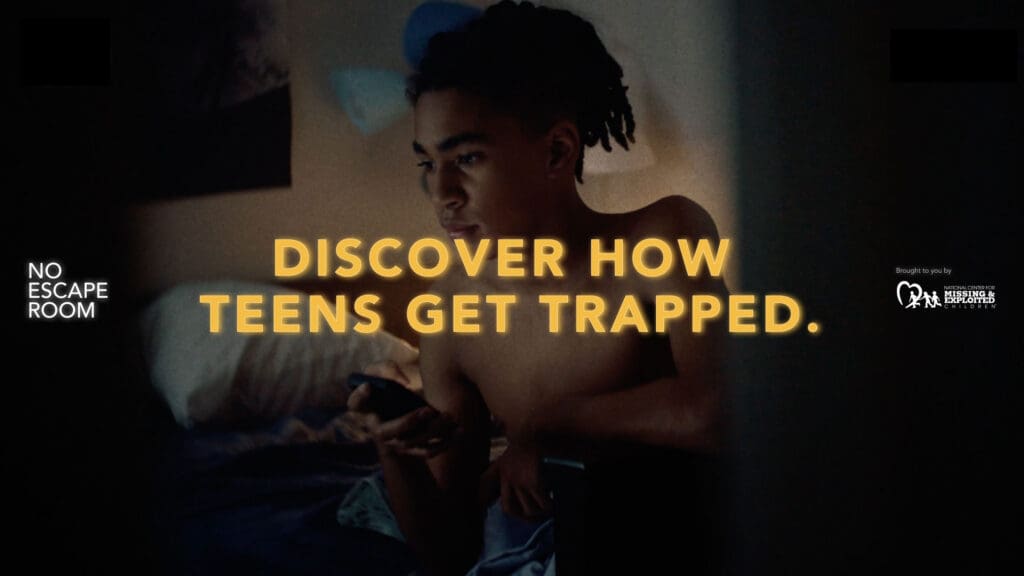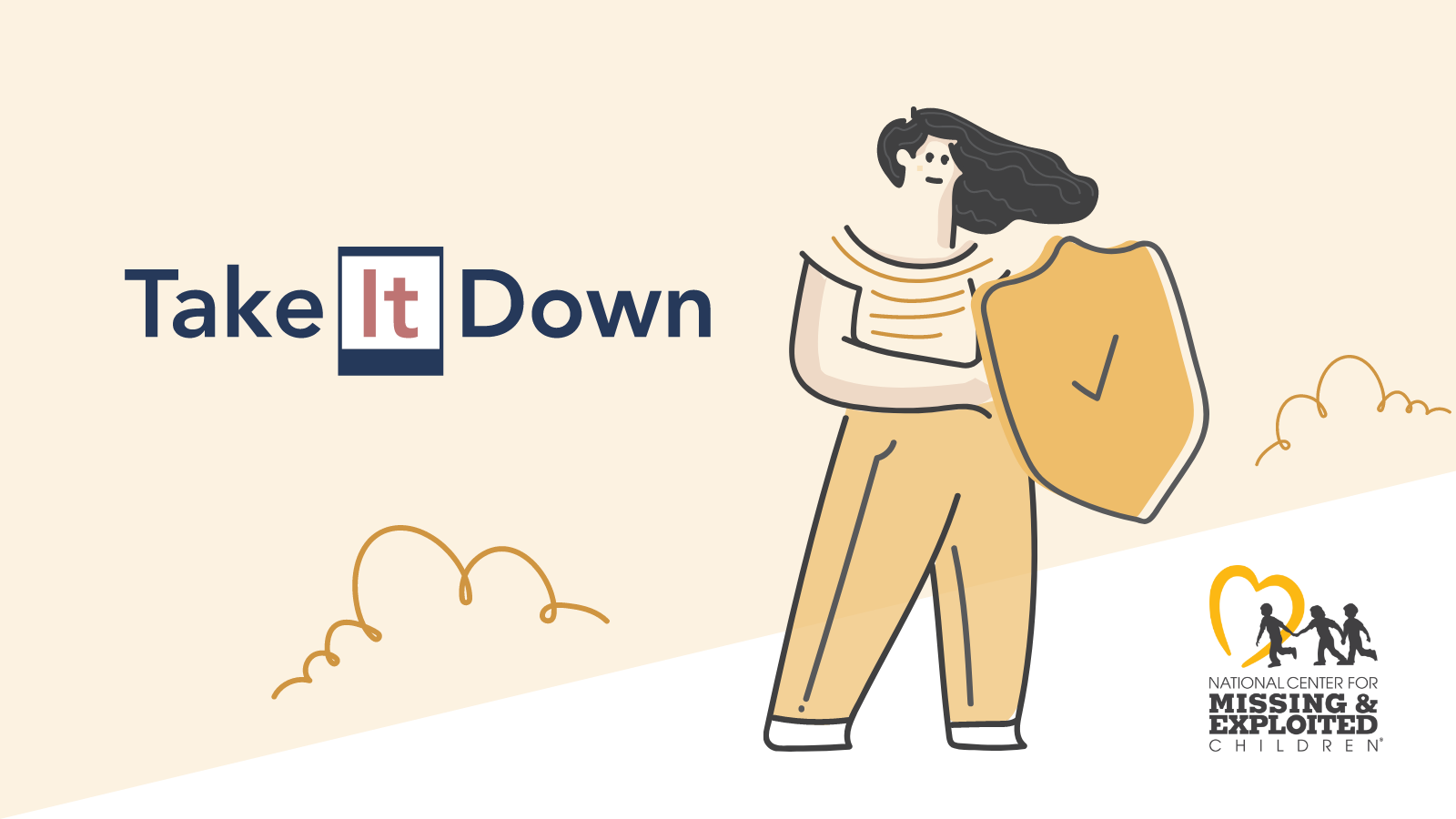- Playroom Parenting
- Posts
- Screens 💻, phones📱, 🕹️ gaming, AI ...how to navigate new technology
Screens 💻, phones📱, 🕹️ gaming, AI ...how to navigate new technology

Weekly newsletter
Brain-based parenting
Just when you thought you had locked in every source of parental anxiety, AI comes along and unlocks a fresh batch of threats to your children’s safety. In a slight change to content- today I am covering some of the challenges to child safety online, and how to adapt your parenting to a rapidly changing technological landscape.
What new tech should I be aware of?
I am not one for a moral panic. Every generation will panic about new technology in younger generations because they don’t understand it, often don’t use it, or are nostalgic for simpler times (that never really existed). The tricky thing about technologies like AI, is the speed at which they evolve makes it a race constant to understand, protect and inform people about potential misuse or danger to children. Below I share some of the latest news, some important resources and some tips to promote digital literacy.
Gaming
Before social media was “rewiring our brains”, gaming was (btw - most things rewire our brains, or we couldn’t learn anything new). Gaming was the cause of everything from depression to increased crime rates back when those troublesome kids were playing Sonic the Hedgehog after school all afternoon!
A recent study, in over 1000 people, showed regular gamers (5+ hours per week on a single game) had improved cognition (equivalent to someone 13.7 years younger than them) and infrequent gamers (<5 hours per week on all games) still had cognitive advantages, equivalent to being 5.2 years younger. There were no significant effects on mental health either. This large scale study (in adults, not kids) replicated several others showing the benefits of gaming to attention, executive function and spatial reasoning.
But….
Gaming from when most of us were kids, has changed a lot. Roblox, is one of the most popular online gaming platforms that allows users to create their own games, take part in other peoples games, and interact with other gamers. It is also notoriously full of predators. As Common Sense Media says: “Predators take advantage of Roblox's easily accessible chat to target their victims. (All you have to do is sign up for Roblox to start chatting, and the Chat & Party window is featured on nearly every page of the site.)”. With the popularity of Roblox amongst kids, it is important to set privacy and age appropriate filters for your children and understand how the platform works, before you let your kids on there unrestricted.
AI
This week the New York Times asked “Can AI be blamed for a teen’s suicide?”, detailing the tragic loss of 14 year old Sewell Setzer to suicide after months communicating with Character.ai’s AI companion. The company aimed to combat loneliness using companion AI bots that basically acted as a friend (or romantic partner). Sewell developed a very strong attachment to his AI companion and there is a concern that it may have contributed to his decision to take his own life. While there is potential for companion AI bots to provide support or prevent isolation or loneliness, there is a call (including from me) to have stronger regulations around the use of these AI bots for children and teenagers and to provide more rigorous evidence that their benefits outweigh the harms.
Further threats from AI, are the ease with which deepfakes can be created (these are very convincing videos of people that have been generated to allow them to say and do anything) and the use of deepfakes and pictures solicited from teens (teenage boys, in particular, are vulnerable) for the purposes of “sextortion”. To see how easy it is to fall for this type of scam (which has cost teenagers their lives), watch this awareness campaign created by the National Centre for Missing and Exploited Children https://noescaperoom.org/
What does this mean for my parenting?
📱 Teach digital literacy in all interactions with technology. Things that are obvious to us, aren’t obvious to children. For example, ask them… “why are there ads on You Tube?”, “why is your favourite YouTuber going to Target?” - use this to talk about why social media platforms are free and why people might promote some products. Teach kids how to tell the difference between reputable sources of information, and misinformation (spreading of incorrect information) and disinformation (deliberate spreading of incorrect information).
🤫 Teach privacy. Never allow your children to have their Full Name, Age, School, Home Address or Birthdate visible in any profiles (this is good practice for you too). All these things make them vulnerable to identity fraud and predators
👥 Collaborate. When you set your child or teen up on a new app, ensure you make it age appropriate, test it out together and work your way through all privacy and notification settings. Where possible, restrict access to direct messages from strangers, turn off all notifications and explain why you are doing these things. For tech savvy teens, agree to revisit your settings regularly (they might just turn everything off)
🧠 Use resources designed for parents and kids of all ages to keep on top of digital literacy (links below)



Reply